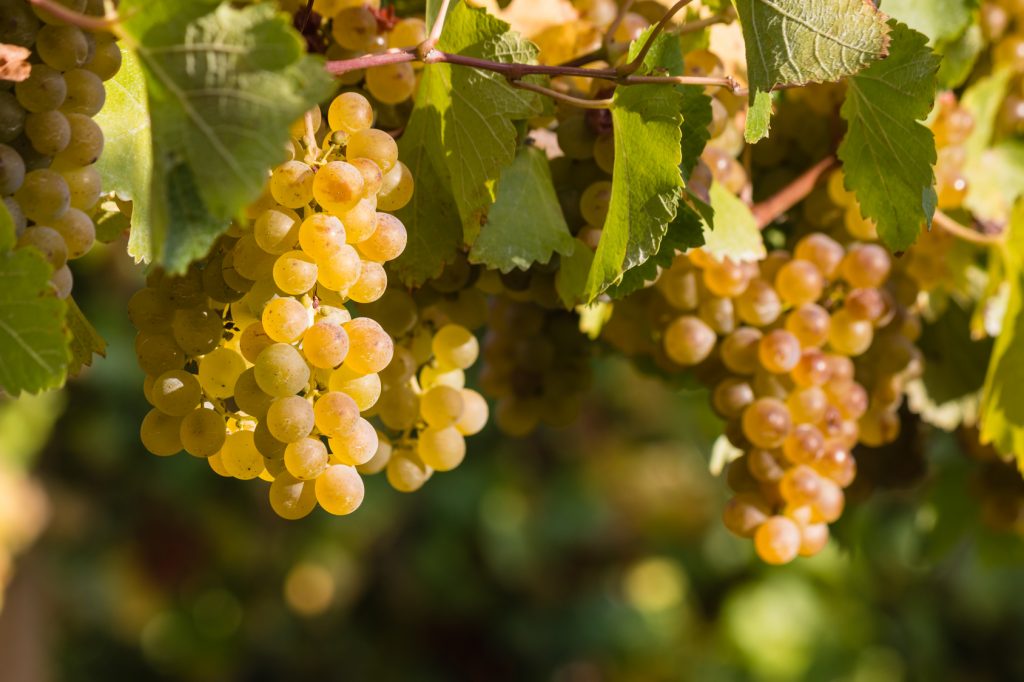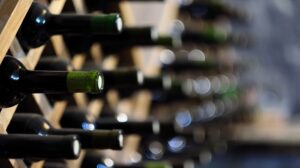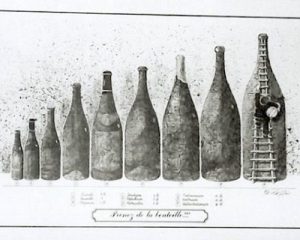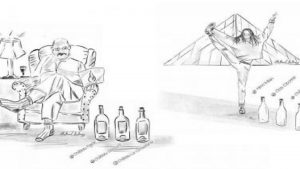 After focusing on the technical jargon used by winemakers in the production of red wine, we’re turning our attention to white wine. Luckily for you, fellow wine lover, it’s not so much the vocabulary that changes but the order in which each stage is carried out. We explain…
After focusing on the technical jargon used by winemakers in the production of red wine, we’re turning our attention to white wine. Luckily for you, fellow wine lover, it’s not so much the vocabulary that changes but the order in which each stage is carried out. We explain…
Note that we’ve also provided the French translation of these terms in parentheses as the French terminology is often used in English, and we like teaching you French. 🙂
Pressing (pressurage)
This stage of vinification, also takes place in the production of red wine. It helps extract the juice from the grapes and can be done manually or mechanically. Once the grapes have been pressed, the juice that is extracted (which at this point still contains lots of solids) is known as the grape must and is pumped into a vat. The stalks, skins and pips left over in the press are known as the pomace (marc).
Whereas with red wines pressing is done after maceration and fermentation to help the juice take on the colour and aromatic compounds of the skins, when making white wine it is the very first stage in the vinification process as colour and tannin from the skin is not desired.
Settling or Débourbage
Anglophone winemakers have adopted the French word for this particular technique but it can also be called settling. Unique to white wine, débourbage consists of allowing the grape must to settle before racking so that the solids (called bourbes in French), sink to the bottom of the vat, eliminating or reducing the need for filtration.
Sulphiting (sulfitage)
Winemakers add sulphur to both red wine and white wine. Traditionally used because of its antimibrobial and antioxidative properties, sulphur is now a bone of contention for winemakers and wine enthusiasts alike. Vilified by some and fiercely defended by others, this old preservative has come under great scrutiny. Sulphur can be added during harvest time to help transport the grapes to the winery, during pressing, during fermentation or even during bottling.
Racking (soutirage)
After debourbage, the winemaker will rack the juice, i.e. transfer the juice from one vat to another, leaving the bourbes behind.
Yeasting (levurage)
Yeast is then added to help the grape sugars ferment into alcohol. Natural wines differ in that this stage takes place during crushing where the naturally occurring yeasts kick start fermentation.
Alcoholic fermentation
This is the stage in which the natural grape sugars transform into alcohol, interesting aromas start to develop from here on in.
Malolactic fermentation
Also known as second fermentation, this essential stage in red wine is only used to achieve a certain style of white wine. With the help of certain bacteria, malic acid is transformed into lactic acid, a process that reduces a wine’s acidity and give a white wine a creamy or oily texture, a technique often used in the production of Chardonnay.



